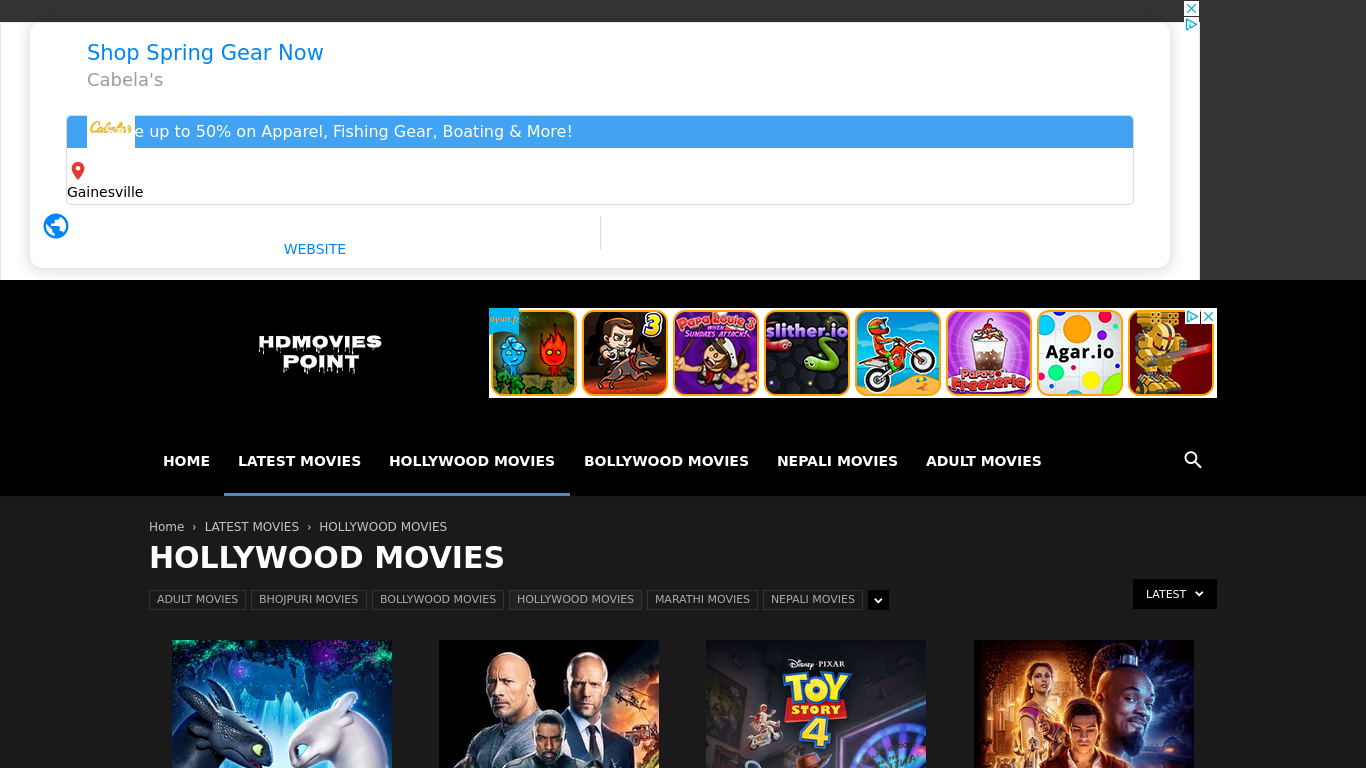Ever wonder why some movies leave you breathless, while others feel flat? The answer, in many cases, is High Definition. HD movies redefine visual storytelling, pulling viewers into worlds that SD simply can't touch. HD movies, in essence, are films rendered with a significantly higher resolution than their Standard Definition (SD) counterparts. This translates to a richer, more detailed, and ultimately more engaging viewing experience. Imagine being able to discern the subtle flicker of emotion in an actor's eyes, or the intricate textures of a fantastical landscape that's the power of HD.
The accessibility of HD movies has exploded in recent years, thanks to a plethora of platforms. Whether you're subscribing to streaming services, collecting Blu-ray discs, or tuning into cable TV, HD options are readily available. A high-definition television will, naturally, maximize the impact of the experience, unlocking the full potential of the enhanced resolution. However, even without the latest display technology, the benefits of HD are still noticeable, offering a marked improvement over standard definition, even if the quality isn't at its absolute peak.
| Aspect | Details |
|---|---|
| Resolution Difference | HD movies provide a significantly higher pixel count compared to SD, offering greater detail and clarity. |
| Common Platforms | Available on streaming services (Netflix, Amazon Prime Video, etc.), Blu-ray Discs, and Cable TV. |
| Display Requirement | Optimized for HD TVs, but still provides benefits on non-HD displays. |
| Primary Benefits | Immersive experience, enhanced details, better color reproduction, smoother motion. |
| Impact on Storytelling | Allows for greater appreciation of the director's vision and enhances emotional impact. |
| Future Trends | Continued improvements in resolution (4K, 8K), HDR technology, and immersive audio. |
| Further Reading | Digital Trends - What is 4K? |
- Alexandra Nechita The Artist Who Paints Dreams And Captures Hearts
- Jurnee Lane Rising Star Of The Music World


